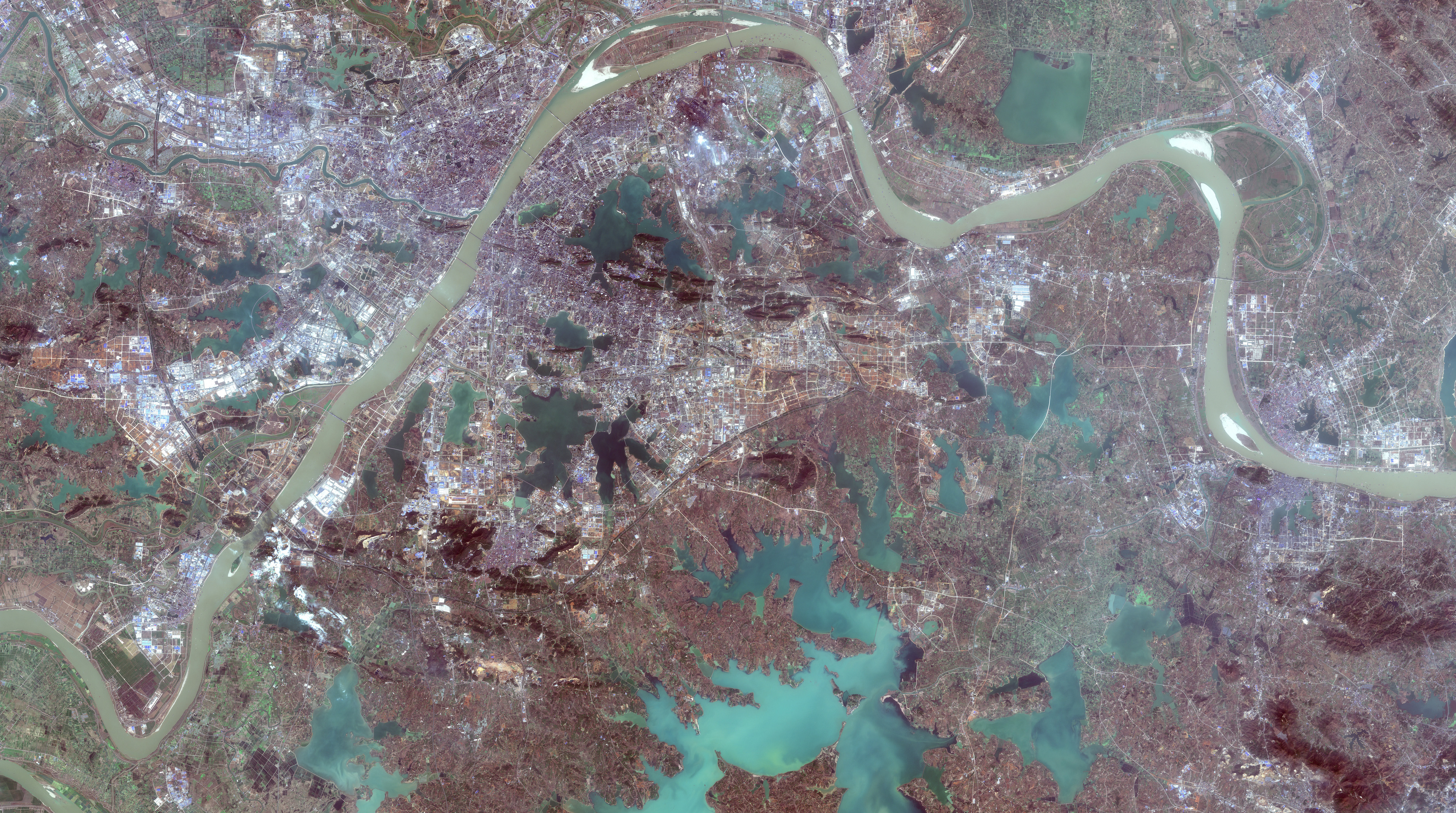Satellite images show how coronavirus brought Wuhan to a standstill

On January 22, China took the extraordinary step of shutting down all transportation in the city of Wuhan, where the coronavirus outbreak first began. The measure effectively put 11 million people under quarantine, which is still ongoing as public health officials work to treat individuals who have fallen ill and stop the spread of the virus.
As satellite images shared with MIT Technology Review by Planet Labs and Maxar Technologies show, the metropolis has ground to a halt. Bridges and roads are empty. The city’s train stations are deserted. Wuhan’s normally busy airport has completely ceased operations.
The effect on air travel has been felt throughout the country—especially for international flights, which have dropped precipitously in the last month. On February 2, for example, the country saw a cancellation of 222 departures (16.7%) and 238 arrivals (18.2%), according to according to the airline tracking service FlightAware.
But there has been a burst of activity in Wuhan in at least one aspect: construction. Two new hospitals came together in the city almost overnight to manage and treat sick people (so far there have been more than 28,300 reported cases and 565 deaths, and counting).
More on coronavirus
Our most essential coverage of covid-19 is free, including:
How does the coronavirus work?
What are the potential treatments?
What's the right way to do social distancing?
Other frequently asked questions about coronavirus
---
Newsletter: Coronavirus Tech Report
Zoom show: Radio Corona
See also:
Please click here to subscribe and support our non-profit journalism.
Deep Dive
Space
The search for extraterrestrial life is targeting Jupiter’s icy moon Europa
NASA’s Europa Clipper mission will travel to one of Jupiter's largest moons to look for evidence of conditions that could support life.
How to safely watch and photograph the total solar eclipse
The solar eclipse this Monday, April 8, will be visible to millions. Here’s how to make the most of your experience.
How scientists are using quantum squeezing to push the limits of their sensors
Fuzziness may rule the quantum realm, but it can be manipulated to our advantage.
Stay connected
Get the latest updates from
MIT Technology Review
Discover special offers, top stories, upcoming events, and more.